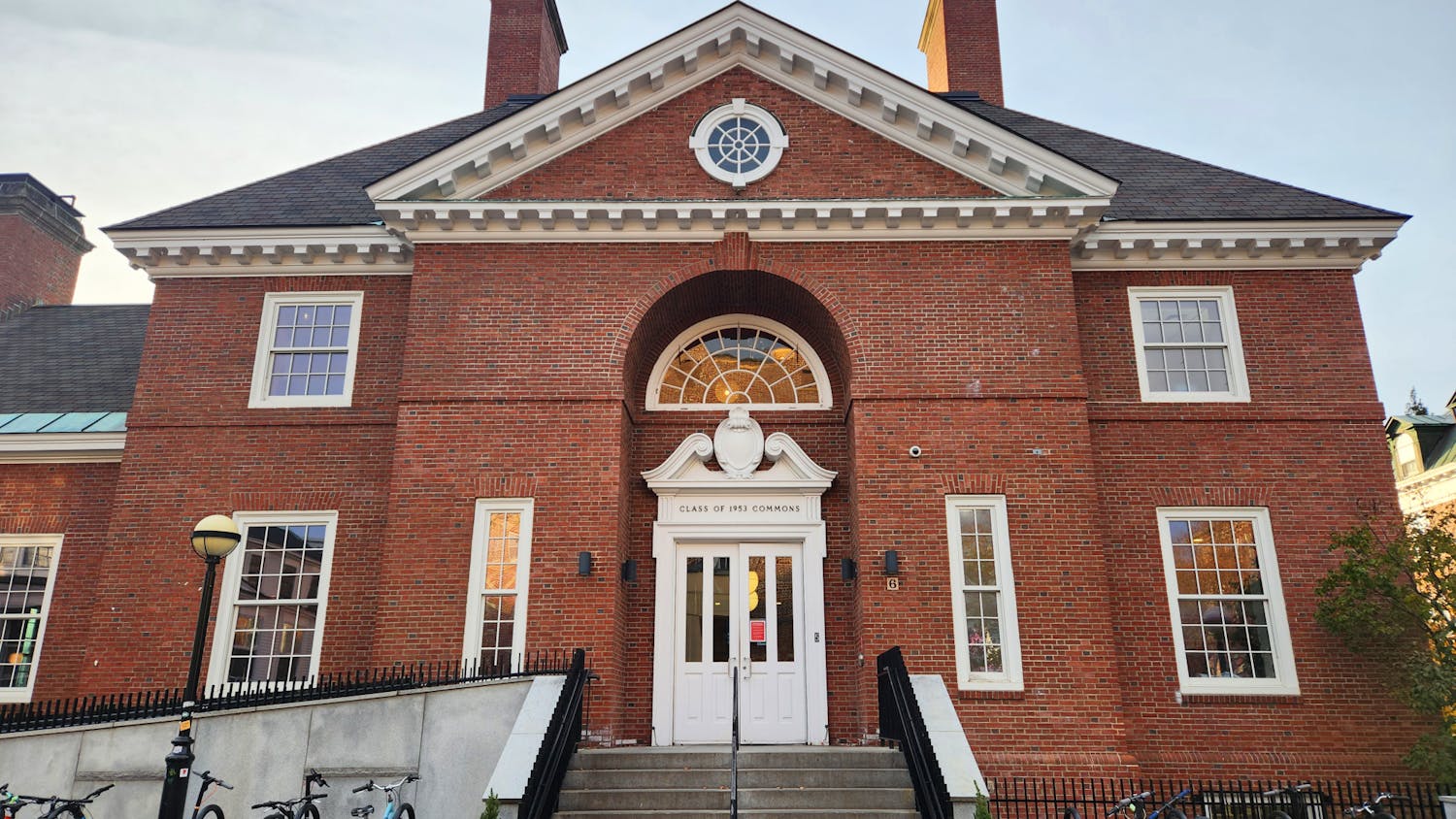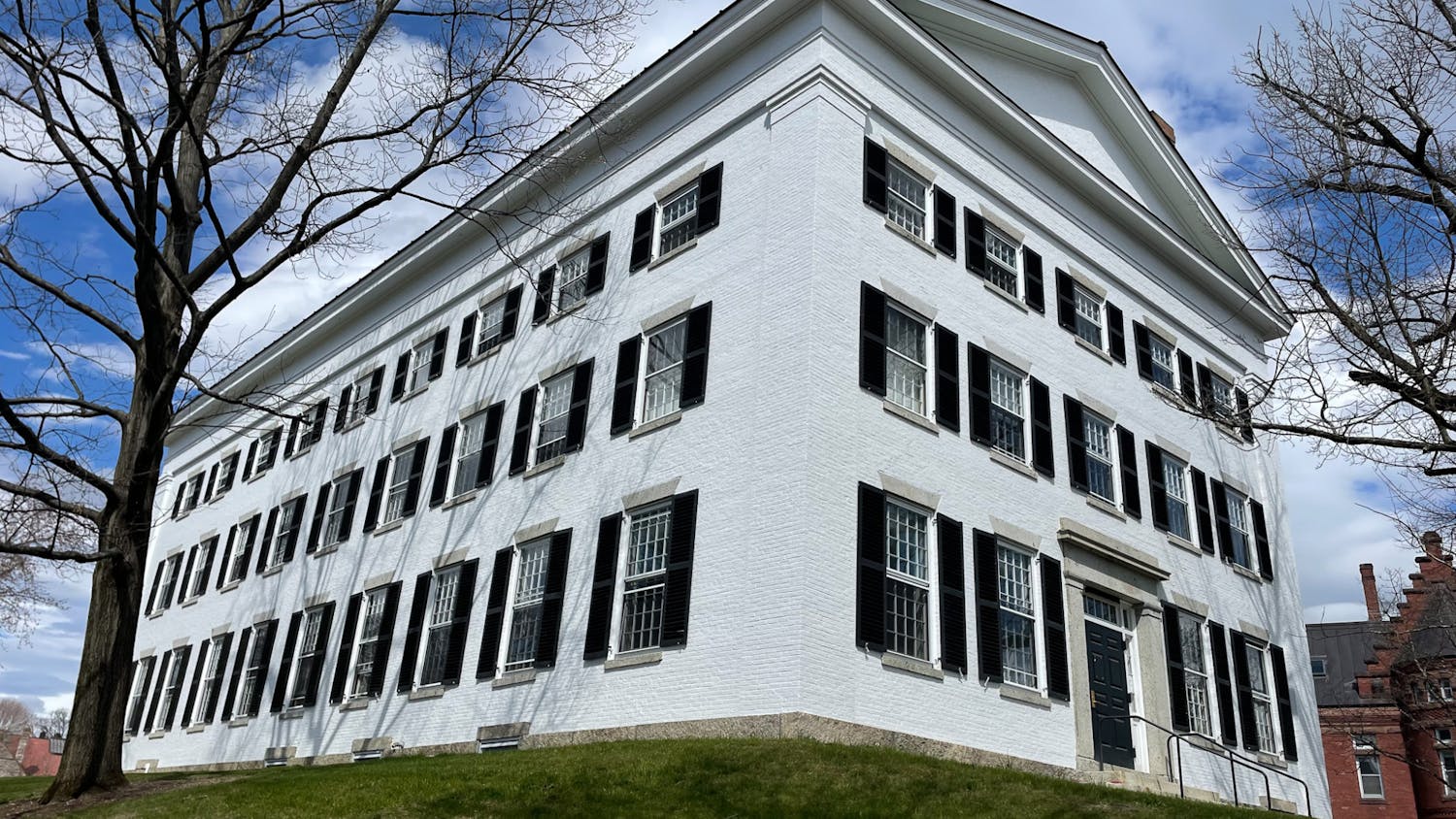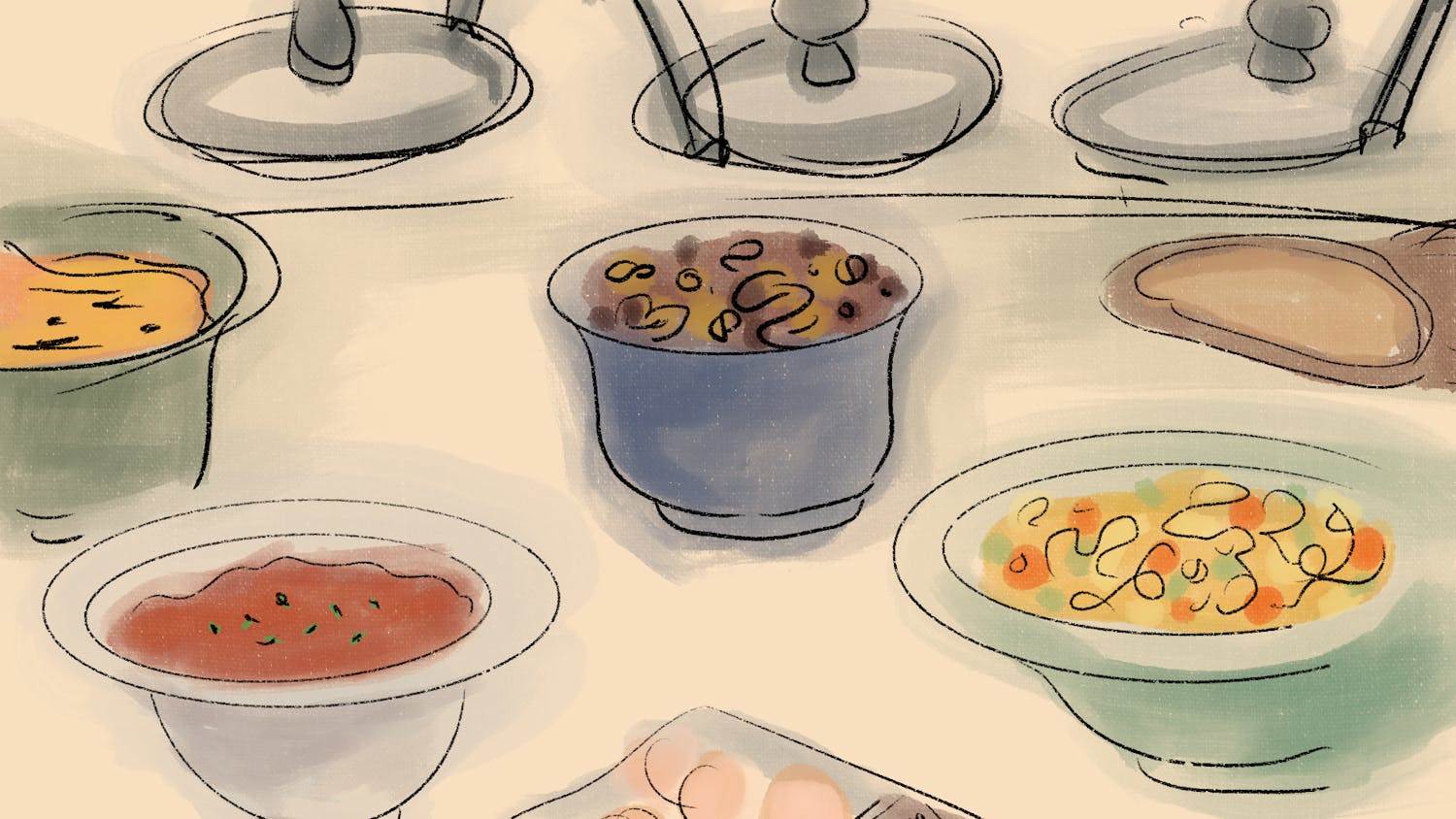Students from local schools with an interest in science read weather maps, planted seedlings and examined sheep brain specimens at the fifth annual Science Day held this past Saturday, April 1 at various labs on campus.
According to fourth-year biochemistry graduate student and Science Day co-organizer Jessica DeSimone, this year’s attendance was the highest since its launch in 2013. A total of 171 adults accompanied 231 students at the event this year. DeSimone said that close to 200 adults and 300 students RSVP’d for the event, but inclement weather may have accounted for the gap between expected and actual attendance.
Science Day is a free, drop-in event that features 15-minute long scientific demonstrations and hands-on activities geared toward students in sixth to ninth grade. According to DeSimone, Science Day was created to educate local community members about science and foster students’ passion for the subject. DeSimone said that Science Day was hosted by the group Graduate Women in Science and Engineering over the past few years, but this year it was independently organized by DeSimone, sixth-year biochemistry student Kelly Salmon and second-year biochemistry student Sarah Valles due to leadership changes in the group. They received funding for this year’s event from the School of Graduate and Advanced Studies. In addition to the three organizers, around 60 graduate students from eight different departments including biology, chemistry and psychology prepared 11 total activity stations for the event this year.
In the “under the microscope” station, students watched worms and flies glow under microscopes. According to third-year cellular and molecular biology graduate student Timothy Gauvin, a volunteer at the station, worms and flies provide a simple system for studying various human diseases, because the three species share a lot of similarities. Gauvin added that his love for microscopes got him interested in science and that he hoped students’ exposure to the activity would inspire their passion for science.
“I thought it was cool to look at human cells under [microscopes] and as I investigated further, there was a lot of cool stuff you could do with this,” Gauvin said. “I’m hoping kids of various ages can see that we have a lot of cool tricks.”
Local middle school student Hope Cooper, who visited the “under the microscope” station, said that she enjoyed looking at worms under the microscope and learning about how worms hatch. Both Cooper and her father Adam Cooper attended Science Day two years ago and said that there were more microscopes and opportunities for students to use them this year than in years past.
Adam Cooper spoke highly of the benefit of such an event for students in exposing them to subjects they might study or pursue in the future.
“The exposure for our kids to see what interests they may or may not have, to be able to see what they might want to do when they grow up and what they might not want to do when they grow up, [is] just a lot of good exposure to what their future might be,” Adam Cooper said.
Meanwhile, in the “soil and the world beneath our feet” station, volunteers including ecology, evolution, ecosystems and society graduate student Ashley Lang Gr’20 helped kids learn about mycorrhizal fungi and fossils. Lang said she wanted to introduce students to mycorrhizae, which grow in symbiotic relationships with plants, because it is poorly understood and many people are unaware of its existence.
Local elementary school student Nicholas Champine said that he enjoyed participating in Lang’s station and appreciated learning about fungi’s influence on plant growth.
Local elementary school student Charleigh Olmstead said that he specifically enjoyed playing the game Jet Stream Racer in the “flowing rivers of air” station. According to earth science graduate student Huanping Huang, the game allows students to become pilots and learn more about jet streams and gas. Jag Olmstead, Charleigh’s father, said that Science Day provided an opportunity of intellectual engagement for his children, as opposed to more typical recreational activities.
“[Science Day] is something for the kids to enlighten their minds, learn something new and not play video games,” Jag Olmstead said.
Rong Ding, whose elementary school-aged son participated in the flowing rivers of air station, said that the event provided his son with a unique opportunity to witness and participate in scientific experiments, which is not an everyday occurrence.
Science Day attendees were also given tours of the Thayer School of Engineering, where they visited the school’s laboratories and made “flubber,” a rubbery polymer.



